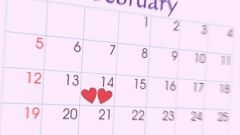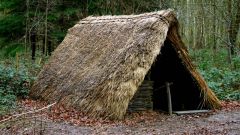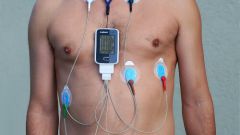The types of bronchoscopy
Diagnostic bronchoscopy is performed for staging or diagnosis of bronchial asthma, hemoptysis, bronchial constriction, bronchial hemorrhage. Often it is prescribed is administered after detection "dimming" in light of unknown nature. It is used for the assessment of airway after resection of the lung or bronchi. Bronchoscopy allows the doctor, if necessary, to take a piece of tissue for examination (biopsy).
In addition to the diagnostic,there are therapeutic bronchoscopy, which made removal from the bronchi and trachea foreign bodies and mucus, as well as local injection of drugs.
Depending on the type of bronchoscope distinguish between rigid and flexible bronchoscopy. Hard is using a inflexible bronchoscope, it is usually used to detect foreign bodies or severe bleeding. Rigid bronchoscopy is performed, in most cases, under General anesthesia.
With flexible bronchoscopy uses a flexible, bendable bronchoscope. This kind demanded much more stringent, it allows you to perform most of the required procedures, including a biopsy, and do not require General anesthesia. When conducting bronchoscopy in children selected the diameter of the bronchoscope according to age, the procedure is performed under General anesthesia, regardless of the type of bronchoscope.
Contraindications to bronchoscopy
Not recommended this procedure for high blood pressure, some mental illnesses, bronchial asthma in the acute stage after myocardial infarction or stroke.
Preparing and conducting bronchoscopy
Bronchoscopy does not require special training. Sometimes before the study is assigned a General analysis of blood or urine. Bronchoscopy usually is performed strictly on an empty stomach in the morning. After research is also recommended to refrain from eating and drinking within the hour. During the procedure with a flexible bronchoscope is used local anesthesia by injection into each nostril of the patient anesthetic. It is very important to take a deep breath so that the medication has penetrated deeply through the respiratory tract. A few minutes after injection of anesthetic substance, the doctor starts the examination. Administered to a patient through the nose or mouth of the bronchoscope and start to promote it on the Airways. It's painless, but quite unpleasant, especially after the device reaches the bronchi. At this time, can start strong suffocating cough, the urge to vomit. Carry out the necessary manipulations (biopsy, physical examination, removal of foreign body and bronchoscope removed. During bronchoscopy, the patient is connected to the monitor, to monitor his condition. The procedure can last from 10 minutes to 1 hour. After bronchoscopy the patient was recommended to stay in the hospital for about two hours.
Possible side effects
After conducting bronchoscopy in half an hour felt the numbness of the throat, the voice becomes hoarse or nasal. Within a couple of days after the procedure, possible coughing up dark brown phlegm. This should not cause concern, but with expectoration of bright blood you need to contact the physician immediately. May damage the bronchial wall as the result of careless introduction of (elimination) of the bronchoscope or improper behavior of the patient during the procedure. Only rarely observed during bronchoscopy perforation of the lung, in such cases, surgery performed. In rare cases, possible inflammatory disease of the Airways due to infection during bronchoscopy, it is manifested by fever, cough, chest pain a few days after the procedure. Such complications are treated with antibacterial agents.





